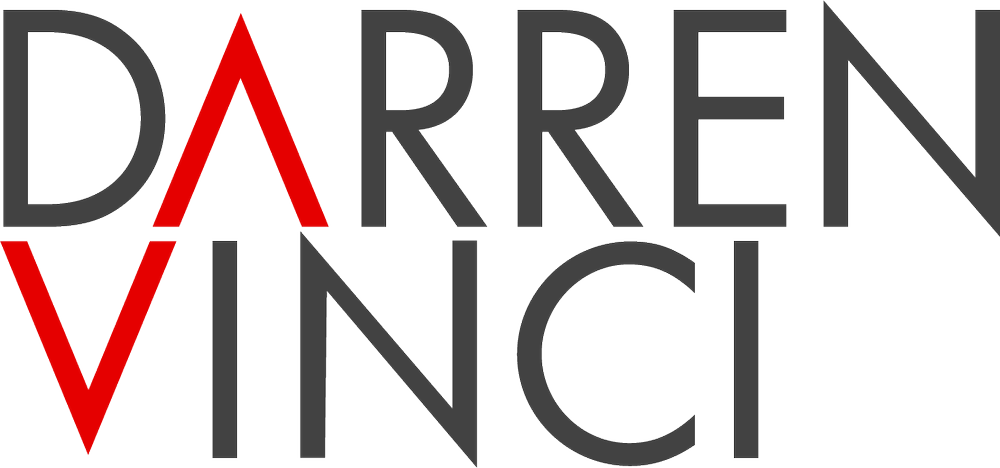Profile
DARREN CHANG, RA, AIA
Darren is a passionate architect with more than 16 years of experience in the design and development of luxury residential, large public buildings, office, retail, hotel, and cultural institutions. He has made substantial contribution to several large-scale public projects in the US as well as abroad. He has also published in international journals and given lectures at universities and international conferences on his research in performance-driven form generation. He is the founder of Darren Vinci Studio, a boutique design studio focusing on high-quality design and construction in the greater Seattle and NYC areas. Previously he served as the design and project lead at two New York-based real estate development firms, and worked at world-renowned architecture firms including OMA, KPF, and RTKL.
He is a registered architect in the states of New York, New Jersey and Washington, and a member of the American Institute of Architects. He obtained a Master in Architecture I from Harvard Graduate School of Design (GSD), dual-master degrees in Aeronautics & Astronautics and System Engineering from MIT, and a Bachelor of Science degree in Mechanical and Aerospace Engineering from Cornell University. His thesis at the GSD was under the advisory of Rem Koolhaas, with a focus on the comparative analysis of the Western versus Chinese preservation ideologies. He graduated Cornell with the highest GPA of his class in major-related classes.
FEASIBILITY STUDY
For potential clients who want to test the water, and understand what can be built on their property, the architect will provide a time-capped study on the zoning, site constraints, and potential environmental issues of the property and provide a report on what can be built, and how much square footage. For residential projects, this study typically takes up to 5 hours. For commercial projects, this study can vary from 10 to 20 or even more hours. The study will be charged at the architect’s hourly rate.
NEW CONSTRUCTION
The client provides site survey, environmental reports (if any), a desired program and square footage, and reference images (if any). The architect will study the planning code, site constraints, and potential environmental issues.
The architect will provide a Client Questionnaire as a starting point to discuss the client’s wants and needs, site conditions, aesthetic preference, timeline, and other initial information related to the project. During the Concept Exploration effort, the architect will gather a Pinterest board of reference images.
The client and architect will explore design options in the Schematic Phase. The goal of this phase is to achieve a design solution agreed by both parties. The client can perform a preliminary construction pricing exercise at the end of this phase with the help of a general contractor.
The architect will turn the schematic design into a permit set and go for the Permitting Process. The goal of this phase is to obtain the building permit. The client has the option to get another rough order of magnitude pricing on the construction cost at the end of this phase.
The next step is Interior Design, which ensures the building is consistent from the inside to the outside. The architect will provide design direction for key interior spaces with schematic drawings and renderings, as well as technical drawings including cabinet and vanity details, RCP, light wiring, receptacle plan, selection and schedules for FF&E and appliance package.
The final step is the Construction Documentation and Assistance. The architect will provide construction details in the CD set. The architect will also help the client select the general contractor, answer the GC’s RFI, review shop drawings, review and approve the GC’s payment applications, make regular site visits to ensure the construction faithfully follow the design, provide punch-list and sign off the final construction. This step is crucial in ensuring the construction quality and helps the client avoid costly mistakes.
REMODEL and addition
The client provides any known information about the site and existing building. The architect will study the planning code, site constraints, and potential environmental issues. The architect will then visit the site, take measurement, and make As-Built computer model and drawings.
The schematic, permitting, interior design, and construction documentation and assistance phases are the same as New Construction listed above.

